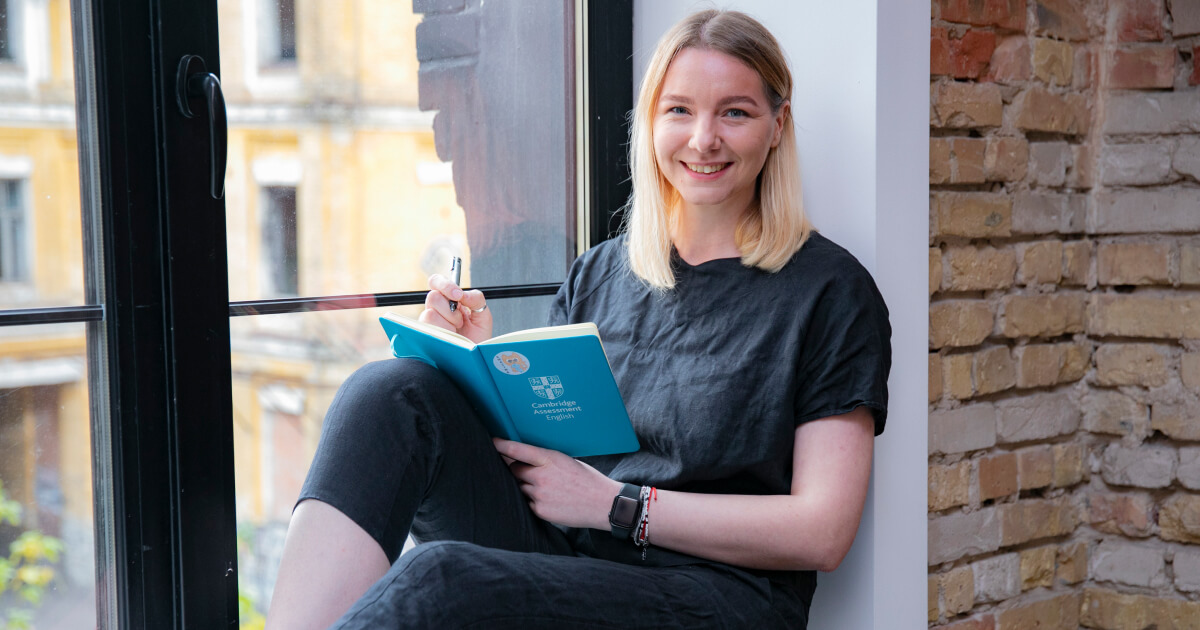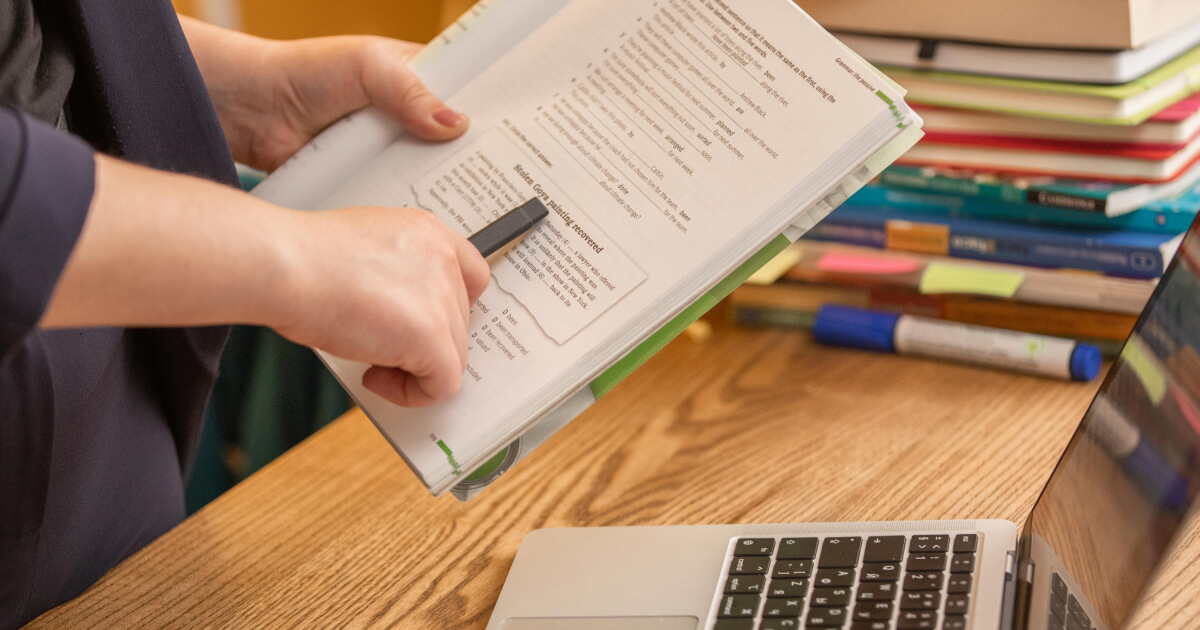Constructive Feedback on Writing: Secrets and Illustrations
- Writing
- Teaching qualifications
- Activities
- Tips & Strategies
- Methodology

29.11.2023
The number of professionals who wonder how to become an English teacher abroad in various popular teaching destinations is gradually increasing. In some of our previous materials, we have already started discovering the topic of teaching abroad too by focusing on Spain, for example.
Naturally, the best advice anyone can get to make this dream come true is to become a part of offline or online TEFL/TESOL courses.
However, if you want to start improving the quality of your lessons right now and raise the level of your students’ engagement, you may start the discovery of the ESA (Engage, Study, Activate) teaching method.
Want to start teaching in Spain?
Engage, Study, Activate is what ESA stands for.
When it comes to teaching, ESA is crucial because it keeps the students engaged, inspired, and ready to learn more.
To make the most of their lessons and effectively teach both children and adults a new language, all teachers should become proficient in ESA teaching.
A lesson based on the ESA methodology is divided into three stages which are equally important and influence the lessons’ quality and the level of student engagement:

Engage is the first step that ESA teachers should always begin a class with, as it predefines everything that is going to happen after.
During the “Engage” stage, the ESA teacher only prepares the students to take part in the learning process by applying visual aids, realia, acting and miming.
At this point, the teacher is likely to pose some questions to get the students thinking and speaking in English.
The main objectives of this stage are to catch students' interest and prepare them for further presentation.
This stage is crucial because it allows the teacher to engage the students as much as possible. Moreover, learners usually feel much more at ease about practicing in general after a good warm-up.
Discover ESL board games
Students move on to the “Study” phase once they have been engaged. A variety of activities can be offered during this phase, including various types of drilling, filling-the-gaps activities, quizzes, crosswords, matching games, etc.
The teacher's aim in the “Study” phase is to get students acquainted with the new vocabulary and topics and demonstrate how to use them correctly.
This stage is also used for active error correction and some additional explanations if necessary. The “Study” stage has to result in developing a deeper grasp of certain topics within the course.

The “Activate” step is the final stage of the lesson. Here, you can assign your students to do role-plays, create short stories, participate in debates, and draw posters and ads.
Students may interact in pair or group activities. The main goal here is to check how well they have mastered the content covered.
Encouraging students to use the new material is a priority at this point, and therefore you are free to make the task as interactive and creative as possible in order to both engage the students and check their understanding.
What is CLIL?
The great news about implementing ESA methodology into your lesson is that you don’t have to always follow the beaten track and the same structure. There are certain variations you can use.
This is actually the simplest type of ESA teaching and it fully recreates the structure we have already discussed.
Firstly, you have to engage, then study, and finally activate.

Engage-Activate-Study-Activate (EASA) is how a Boomerang lesson is organized.
In contrast to a Straight-Arrow lesson, a Boomerang lesson starts the activate phase right away after the engagement, moves into the study phase, and ends with reactivating the learners.
They will most likely not be able to apply the new target language or grammar appropriately during the first activation phase and will make various types of errors. But it is surely not a bad thing. Note the mistakes and go back to them at the end.
The students will repeat the exercise after learning the new material, filling in any knowledge gaps from the start of the class.
This kind of lesson is likely to have an especially positive effect on the students who lack confidence and need some extra reassurance that they are progressing and doing great!
Tips on building rapport with your students
The engage phase always starts an ESA lesson, and the activate phase concludes it. The ESA teacher, however, is free to set up the activities in between these stages as they see suitable.
E-A-S-A-E-S-A is just one of the examples of a patchwork lesson arrangement.
Because of its adaptability, the patchwork lesson may be applied to focus on particular areas of student learning. If there is anything that students need to learn more about, there will be a study phase. Here, you are free to use as much creativity with the structure as you need!

Professionals often struggle with keeping students active throughout the whole lesson. This is when ESA teaching turns out to be handy.
Here are some benefits of the Engage-Study-Activate approach:

Learn about ESL teaching!
Prepare to CELTA with usTo sum up, there are a lot of examples of how ESA methodology improves the general quality of the lesson. However, the main advantage of it is that the lessons become much more effective, gripping, and fun, which, of course, facilitates a better understanding of the content.
Needless to say, constant work on your teaching techniques is great not only for the students but also for the teachers themselves. You may want to start teaching abroad or simply increase your current salary, but no matter how big you dream, you can always count on the help of your professional community with the freshest teaching ideas!
Is ESA a great methodology only for kids?
Engage stage is important to make students interested in the Activate stage.
Arina Kravchenko
Author
Teacher of General English & IELTS
Comments
Leave your comment